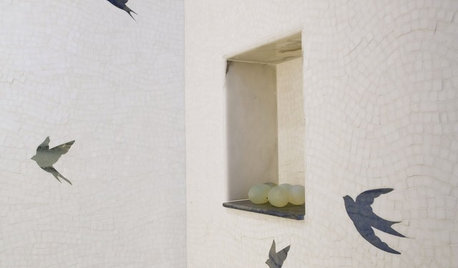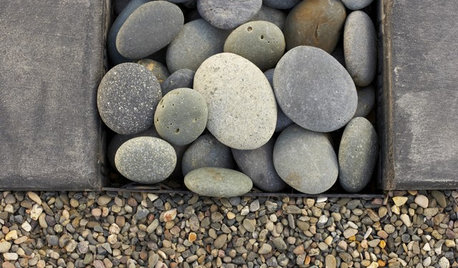Name this ailment, St Augustine
chellamaral
11 years ago
Featured Answer
Sort by:Oldest
Comments (16)
chellamaral
11 years agoRelated Professionals
North New Hyde Park Landscape Architects & Landscape Designers · San Juan Landscape Architects & Landscape Designers · Stoughton Landscape Contractors · Bainbridge Island Landscape Contractors · Fair Lawn Landscape Contractors · Gaithersburg Landscape Contractors · Holland Landscape Contractors · Matteson Landscape Contractors · Mission Landscape Contractors · North Chicago Landscape Contractors · Post Falls Landscape Contractors · Sugar Hill Landscape Contractors · Tavares Landscape Contractors · Bensenville Landscape Contractors · Rowlett Swimming Pool Buildersdchall_san_antonio
11 years agochellamaral
11 years agodchall_san_antonio
11 years agotexas_weed
11 years agojdub21
11 years agochellamaral
11 years agochellamaral
11 years agodchall_san_antonio
11 years agochellamaral
11 years agodchall_san_antonio
11 years agochellamaral
11 years agochellamaral
11 years agodchall_san_antonio
11 years agochellamaral
11 years ago
Related Stories

DECORATING GUIDESMosaics Bring a Classical Art Form Home
Tile Art Adds Personal Style to a Backsplash, Bathroom, Fireplace or Patio
Full Story
GARDENING GUIDES5 Great Grasses for a New Lawn
Learn about maintenance, wear tolerance, ideal climate and more for these top turf choices to pick the right one for you
Full Story
LANDSCAPE DESIGNThe Right Stone for Your Garden Design
Gravel, pebble, cobble and paddle: Stones vary in size and shape, and have different uses in the landscape
Full Story
HOME TECHComing Soon: Furniture That Charges Your Phone
Countertops, tables and home appliances with wireless charging capability mean less clutter — and zero effort powering your phone
Full Story
HOLIDAYSHouzz Call: Share Your Personal Holiday Traditions
What winter rituals mean the most to you and yours? Post your stories and pictures
Full Story
LIFEThe Beautiful Thing About Dad's Chair
My father had his own spot in the house. His father had his own spot. Now I have mine
Full Story
LIFETrue Confessions of a House Stalker
Letting go when a new owner dares to change a beloved house's look can be downright difficult. Has this ever happened to you?
Full Story
EARTH DAYThe Case for Losing the Traditional Lawn
Work less, help the environment and foster connections by just saying no to typical turf
Full Story
HOUSEKEEPINGTo-Dos: Your March Home Checklist
It’s time to rid yourself of winter’s heaviness and set up for spring
Full Story
MOST POPULARBlast Decluttering Roadblocks Once and for All
Change your thinking to get the streamlined, organized home of your dreams
Full Story






dchall_san_antonio